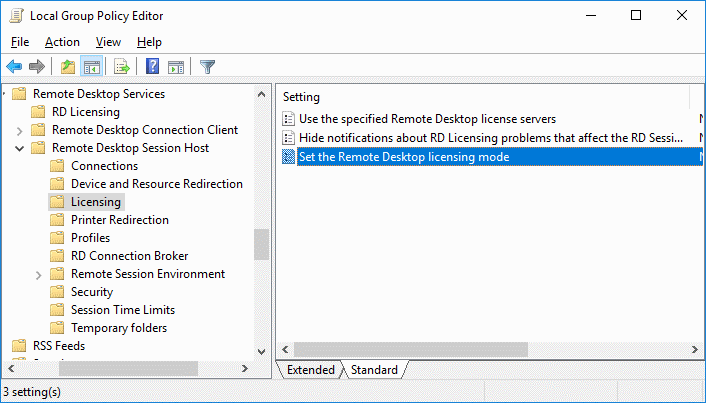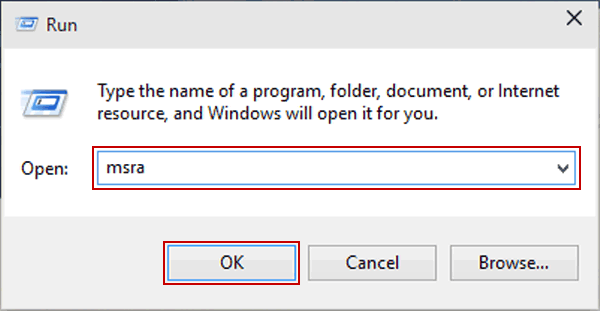- Support Microsoft Help Remote Assistance
- Microsoft Windows Remote Assistance
- Microsoft Remote Assistance Windows 10 Command Line
On Windows 10, the Windows Remote Assistance tool is a little hidden. You can still find it by opening the Start menu, searching for “Remote Assistance”, and clicking the “Invite someone to connect to your PC and help you, or offer to help someone” option. With so many Windows features, you’re bound to run into something that doesn’t work right or isn’t easy to figure out. One of the best ways to solve problems is to connect to Remote Assistance and watch while a more experienced friend sorts it out. Remote Assistance is a feature of the Help and Support. Windows Remote Assistance lets someone you trust take over your PC and fix a problem from wherever they are. Before you can use it, you'll need to enable access. In the search box on the taskbar, type remote assistance, and then select Allow Remote Assistance invitations. Mar 03, 2020 Third party normally has a lot of functionality which is needed in enterprise environments like extensive logging/auditing etc. All third party products normally support also the elevation scenario, but there is a way to accomplish remote support even with the Windows 10 built-in Quick Assist solution. To run Remote Assistance Windows 7 uses a program called MSRA.exe. MSRA.exe can be run from the command line. The easiest way to offer remote assistance to a user is to run: msra /offerra. The articles below should give more information on using Remote assistance in Windows 7.
-->
The Microsoft-Windows-RemoteAssistance-Exe component enables a user with a computer problem to receive assistance from another person who is located elsewhere. The helper can be a friend or a support professional. In the corporate environment, the helper is usually an employee receiving help from the corporate IT helpdesk. In the home environment, the user is often receiving help from a friend or a family member who is a power user and is remotely located.
To enable remote assistance, you must configure the Windows Firewall. Use the FirstLogonCommands setting to create a command that configures Windows Firewall. Use Netsh to enable Remote Assistance. For example,
netsh advfirewall firewall set rule group='Remote Assistance' new enable=yes
In This Section
| Setting | Description |
|---|---|
| CreateEncryptedOnlyTickets | Specifies whether only encrypted tickets are created. |
| fAllowToGetHelp | Specifies that a user can request help from a friend or a support professional. |
| fAllowFullControl | Specifies that a friend or a support professional can take control of the computer of the person requesting assistance. |
| MaxTicketExpiry | Specifies the maximum amount of time that a ticket can live. |
| MaxTicketExpiryUnits | Specifies the units for the maximum amount of time that a ticket can live. |
Applies To

To determine whether a component applies to the image you’re building, load your image into Windows SIM and search for the component or setting name. For information on how to view components and settings, see Configure Components and Settings in an Answer File.
Related topics
-->
Support Microsoft Help Remote Assistance
There are four options available to help you remotely help students and teachers with their managed devices.

- Microsoft Teams is the hub for teamwork where you can chat, meet, and collaborate no matter where you are.
- Quick Assist is a Windows 10 application that lets two people share a device over a remote connection.
- TeamViewer is a third-party program that you purchase separately. It provides a comprehensive set of remote access and support capabilities. The Intune and TeamViewer integration enables remote support using TeamViewer, and the connector is managed directly in Intune.
- Remote control is included in Microsoft Endpoint Configuration Manager. It's used to remotely administer, provide assistance, or view any workgroup computer and domain-joined computer.
Microsoft Windows Remote Assistance
| Features, platforms, licensing | Teams | Quick Assist | TeamViewer (Intune) | Remote control (ConfigMgr) |
|---|---|---|---|---|
| Remote view and control | ||||
| Chat | ||||
| File transfer | ||||
| Elevated admin access | ||||
| Unattended access | ||||
| Simultaneous remote control | ||||
| Multi-user support | ||||
| Remote actions | ||||
| Over-the-internet support | ||||
| Audit reporting | ||||
| Support for all platforms (Windows, iOS, Android, macOS) | ||||
| Integrated with Windows 10 – no additional app required | ||||
| Requires device to be co-managed by Configuration Manager and Intune | ||||
| Requires additional licensing* |
Microsoft Remote Assistance Windows 10 Command Line
* Teams requires Microsoft 365 licensing. Use of TeamViewer and Intune requires licensing from both TeamViewer and Intune. Remote control is a feature of Configuration Manager and requires Configuration Manager licensing.
